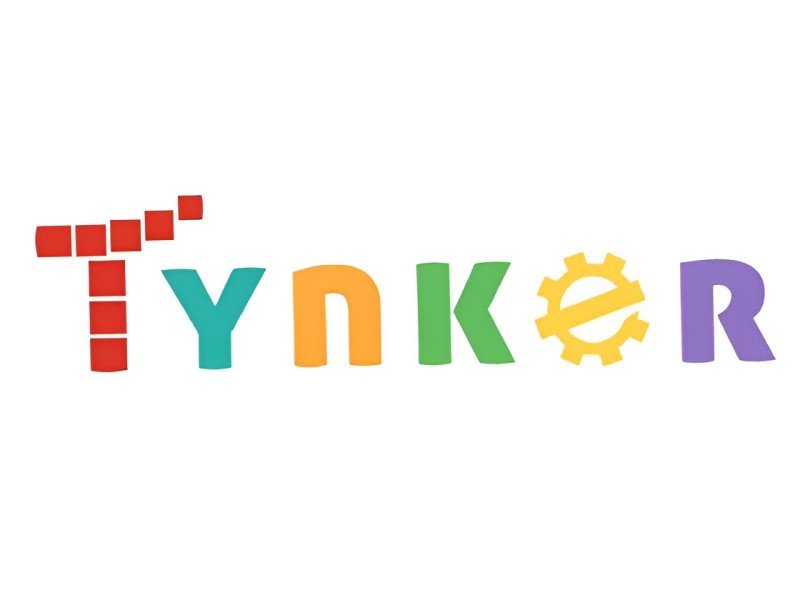How To Make An Platformer Game On Tynker

About Course
Introduction: “Hello, Tynker enthusiasts! I’m Cory, and today we’re embarking on an exciting journey to create a platformer game using Tynker. Let’s dive right in!”
Step 1: Setting Up the Player Character “Start by dragging a ‘Sprite’ block onto the canvas. Choose an image or upload your own – this will be our player character.”
Step 2: Building the Environment “Set the stage using the ‘Backdrop’ block. Pick a backdrop from Tynker’s library or upload your own. Arrange it to create the theme of your game.”
Step 3: Adding Platforms “Platforms are essential in a platformer game. Use the ‘Platform’ block from ‘Sprites’ to create solid surfaces. Adjust their size and position to design your level.”
Step 4: Making the Player Move “Let’s make our game interactive. Use ‘When [right arrow] key pressed’ and ‘When [left arrow] key pressed’ from ‘Events’ to control player movement. Connect these to ‘Move [ ] steps’ from ‘Motion.'”
Step 5: Adding Gravity “Introduce realism with ‘Set gravity to [ ]’ from ‘Physics.’ Adjust the gravity value to control how quickly the player falls when not on a platform.”
Step 6: Adding Enemies “To bring excitement, add enemies using the ‘Sprite’ block. Control their behavior with ‘When I start as a clone.'”
Step 7: Implementing Enemy Interactions “Make the game interactive by handling player-enemy interactions. Use ‘When player touches enemy’ to trigger actions.”
Step 8: Adding Collectibles “Reward players with collectibles. Utilize the ‘Collectible’ block to create items players can gather during the game.”
Step 9: Implementing Collectible Interactions “Make collecting items meaningful. Use ‘When player touches collectible’ to trigger actions when the player collects an item.”
Step 10: Adding a Win Condition “Every game needs a goal. Use ‘When player touches goal’ to determine when the player reaches the goal and wins the level.”
Step 11: Implementing Level Transitions “Keep the game engaging by adding level transitions. Use ‘Next backdrop’ to switch to a new backdrop when the player completes a level.”
Step 12: Adding Polish “Add polish to your game with ‘Play sound’ for sound effects and ‘Say’ blocks for displaying messages during gameplay.”
Step 13: Testing and Iterating “Before concluding, thoroughly test your game. Playtest to identify any issues or areas for improvement. Tweak gameplay, adjust difficulty, and make necessary changes.”
Conclusion: “Congratulations! Your platformer is ready to shine. If you enjoyed this journey, don’t forget to like and subscribe. Happy coding, and may your games be a great success!”
Course Content
How to Make An Platformer Game On Tynker
-
Module 1
01:33 -
Module 2
01:20 -
Module 3
00:56 -
Quiz On How To Make An Platformer Game In Tynker.
Student Ratings & Reviews
